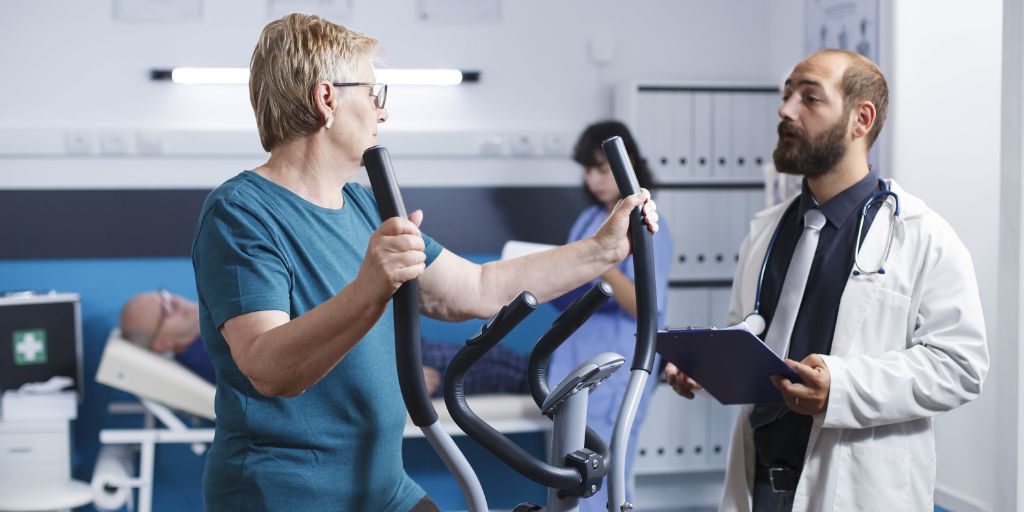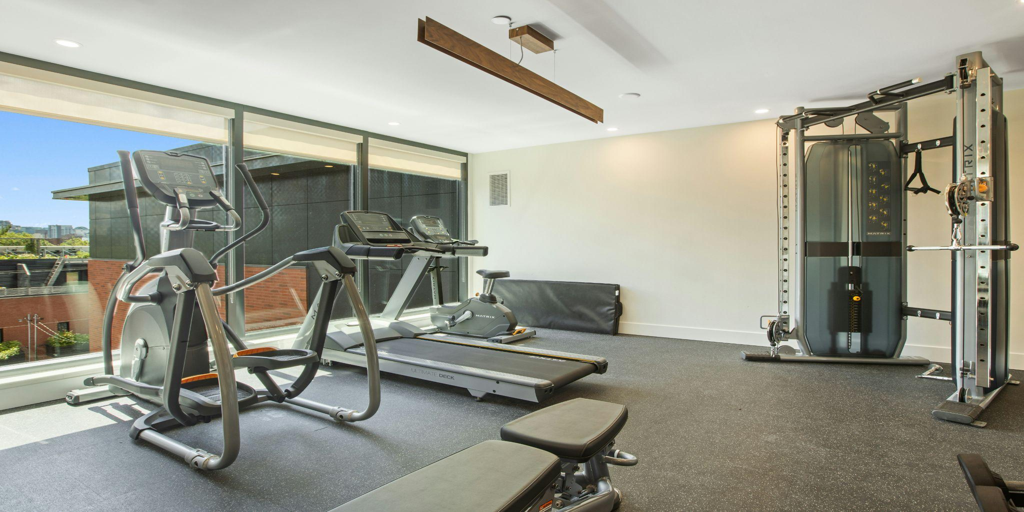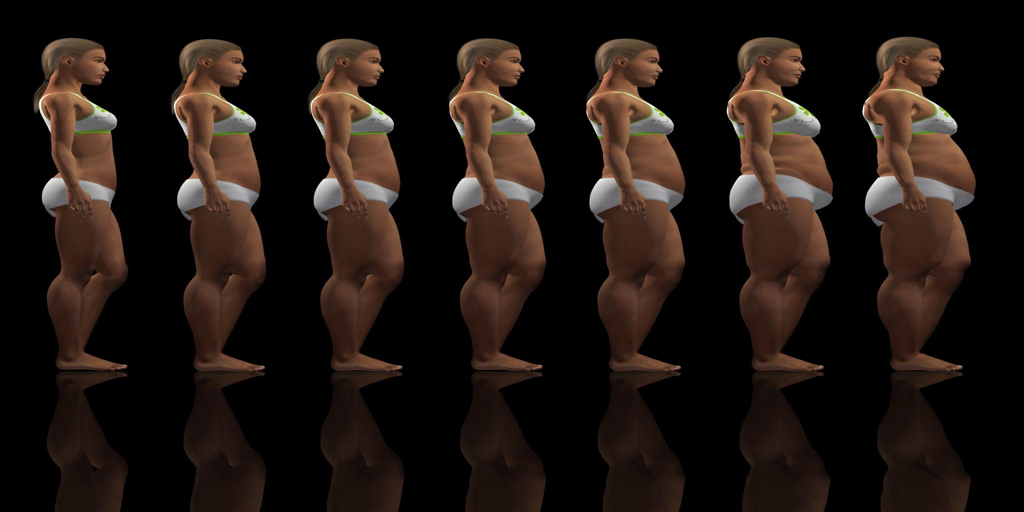
The fitness industry often presents a simple equation: eat less, move more, and results will follow. In reality, most people who’ve tried to change their body composition know it’s rarely that straightforward. Even with consistent effort, progress can vary, and some areas may change more slowly than others. Plateaus are common, genetics can influence outcomes, and motivation naturally fluctuates over time.
This gap between expectation and lived experience can leave people feeling discouraged, even when they’re following advice precisely. In truth, long-term body transformation tends to involve multiple factors working together — physical, nutritional, and sometimes psychological. Different individuals respond differently to training and dietary approaches, and factors such as age, hormones, stress, and sleep all play a role.
Modern approaches increasingly recognise this complexity. Instead of applying one-size-fits-all methods, many professionals now promote more individualised strategies that consider personal goals, preferences, and physiological differences. In some cases, this involves combining structured training and nutrition plans with recovery or aesthetic-focused methods that address specific concerns traditional approaches might not fully resolve.
The most sustainable results generally occur when people move away from searching for a single solution and instead take a balanced, multi-layered approach that reflects their unique circumstances.
Building a Solid Foundation Through Consistent Training
While no single component guarantees specific outcomes, regular, well-structured physical activity remains a widely recognised cornerstone of overall health and fitness. Consistency in movement supports physical conditioning, muscular development, and cardiovascular function.
The type and quality of training equipment can influence exercise variety and comfort. Although body-weight exercises and minimal setups can be effective for many, certain goals may be better supported with access to resistance equipment. Selecting durable, well-designed tools can help facilitate safe and progressive training over time.
For example, free weights encourage natural movement and coordination, while resistance machines may offer stability and focus on particular muscle groups. Cardiovascular machines — such as treadmills, rowers, or bikes — allow individuals to vary their conditioning work according to preference and ability.
When purchasing equipment, especially from gym equipment suppliers in Melbourne or other regions, readers are advised to research reputable providers and confirm suitability for their space, needs, and safety requirements. Measuring available space and ensuring adequate clearance, flooring, and ventilation can also improve the overall training environment.
Professional guidance can further enhance safety and effectiveness. Consulting a qualified trainer or exercise professional can help individuals learn proper technique and understand progressive programming principles.
Understanding Plateaus and Body Composition Challenges
Even well-planned routines can reach plateaus over time. This usually reflects the body’s natural adaptation to repeated stress rather than failure. Many practitioners adjust training variables — such as resistance, repetitions, rest periods, or frequency — to maintain progress.
Nutrition also plays a key role in how the body adapts. However, specific requirements vary significantly between individuals. Factors such as total energy intake, macronutrient balance, and timing can influence how the body responds to exercise. Seeking advice from accredited dietitians or qualified nutrition professionals is recommended before making substantial dietary changes.
Recovery is another major element. Rest, sleep, and stress management can influence how effectively the body responds to training stimuli. Neglecting recovery may limit results or increase fatigue and injury risk.
Hormonal and genetic factors can also affect how individuals experience changes in body composition. For instance, where fat tends to be stored or how quickly muscle develops may be partly influenced by genetic predispositions. Understanding these natural variations can help set more realistic and sustainable expectations.
Complementary Approaches for Refinement
Alongside exercise and nutrition, some people explore complementary aesthetic or body-contouring treatments designed to refine specific areas. These methods vary widely and may involve technologies using controlled cooling, ultrasound, or electromagnetic stimulation.
It’s important to note that such treatments are not weight-loss solutions, nor are they substitutes for healthy lifestyle habits. They are generally marketed toward individuals who are already close to their target weight but wish to address localised concerns.
Anyone considering such treatments should seek qualified, medically supervised practitioners, ensure full understanding of any potential risks or side effects, and verify that the provider is properly certified. Results can differ greatly between individuals, and multiple sessions are often suggested for gradual improvement.
While some people report visible changes, outcomes depend on many variables, including lifestyle, genetics, and treatment consistency. Maintaining realistic expectations and focusing on overall health tends to produce more satisfying and sustainable long-term outcomes.
Integrating Multiple Strategies Responsibly
Combining different approaches — such as training, nutrition, recovery, and optional refinement treatments — can form a more complete framework for body composition improvement. However, the foundation should always rest on safe, evidence-based practices and professional guidance.
Tracking progress through photographs, measurements, or fitness assessments can provide a more accurate view than relying solely on weight changes. Improvements in strength, mobility, and energy levels are also valuable indicators of progress.
Recovery and rest should remain integral to any plan. Prioritising sufficient sleep, balanced workloads, and mental well-being can support physical adaptation. Methods such as stretching, massage, and mindfulness may complement the process.
Those considering advanced or aesthetic interventions should ideally do so only after establishing consistent habits with exercise and nutrition. Consulting qualified healthcare or wellness professionals can help determine appropriate timing and suitability.
It’s also worth remembering that meaningful physical change usually occurs gradually. Sustainable transformations often require patience and long-term consistency rather than quick results.
Conclusion
Lasting body transformation typically involves more than a single program or product. It stems from a balanced combination of intelligent training, appropriate nutrition, proper recovery, and — where suitable — professionally supervised treatments that align with personal goals.
Each person’s journey is unique, and what works for one individual may not work for another. The most effective strategy is one that fits safely, sustainably, and realistically within each individual’s lifestyle and abilities.
Rather than chasing perfection or quick fixes, progress tends to come through consistent effort, informed decisions, and a focus on overall well-being.














